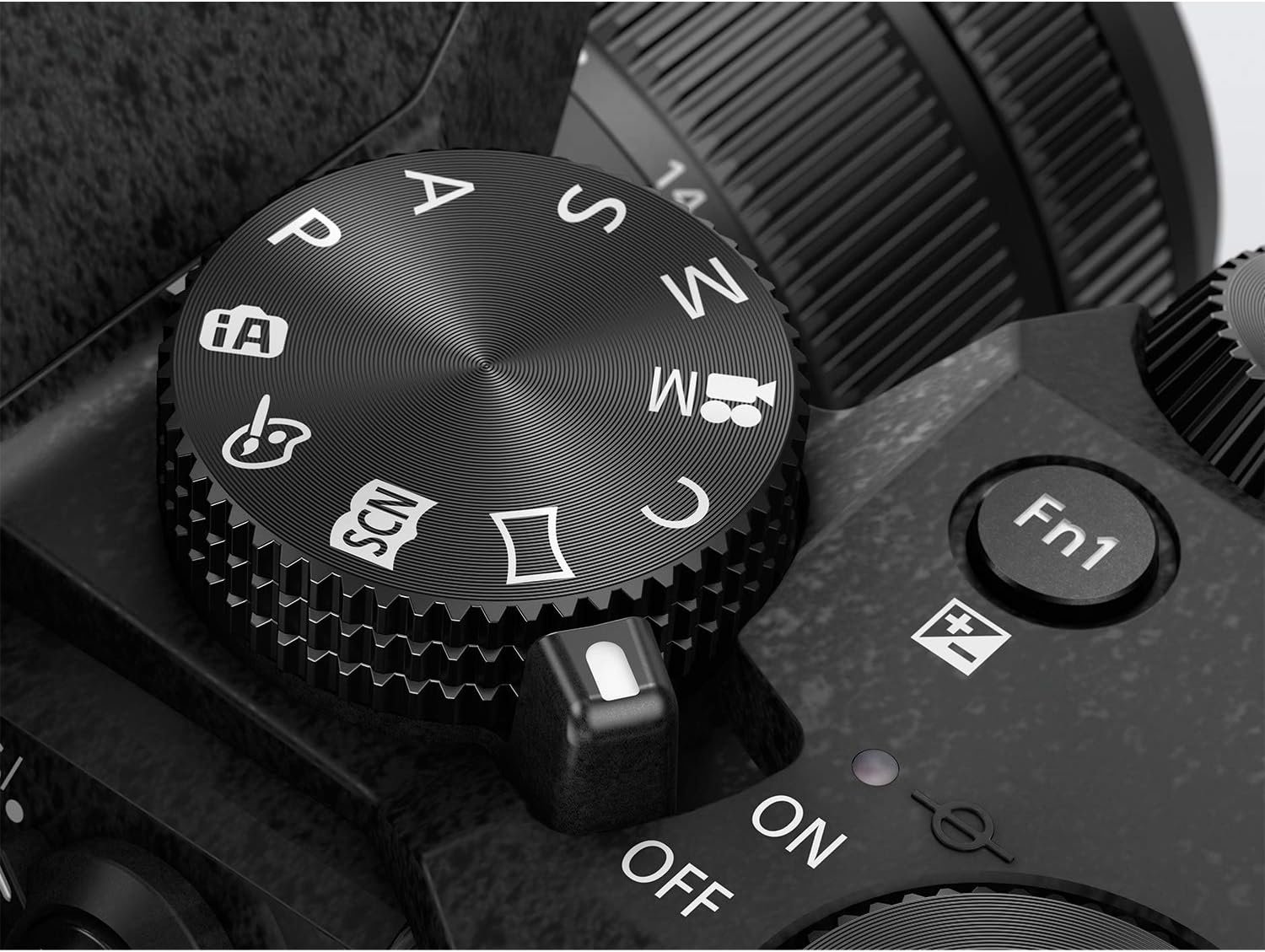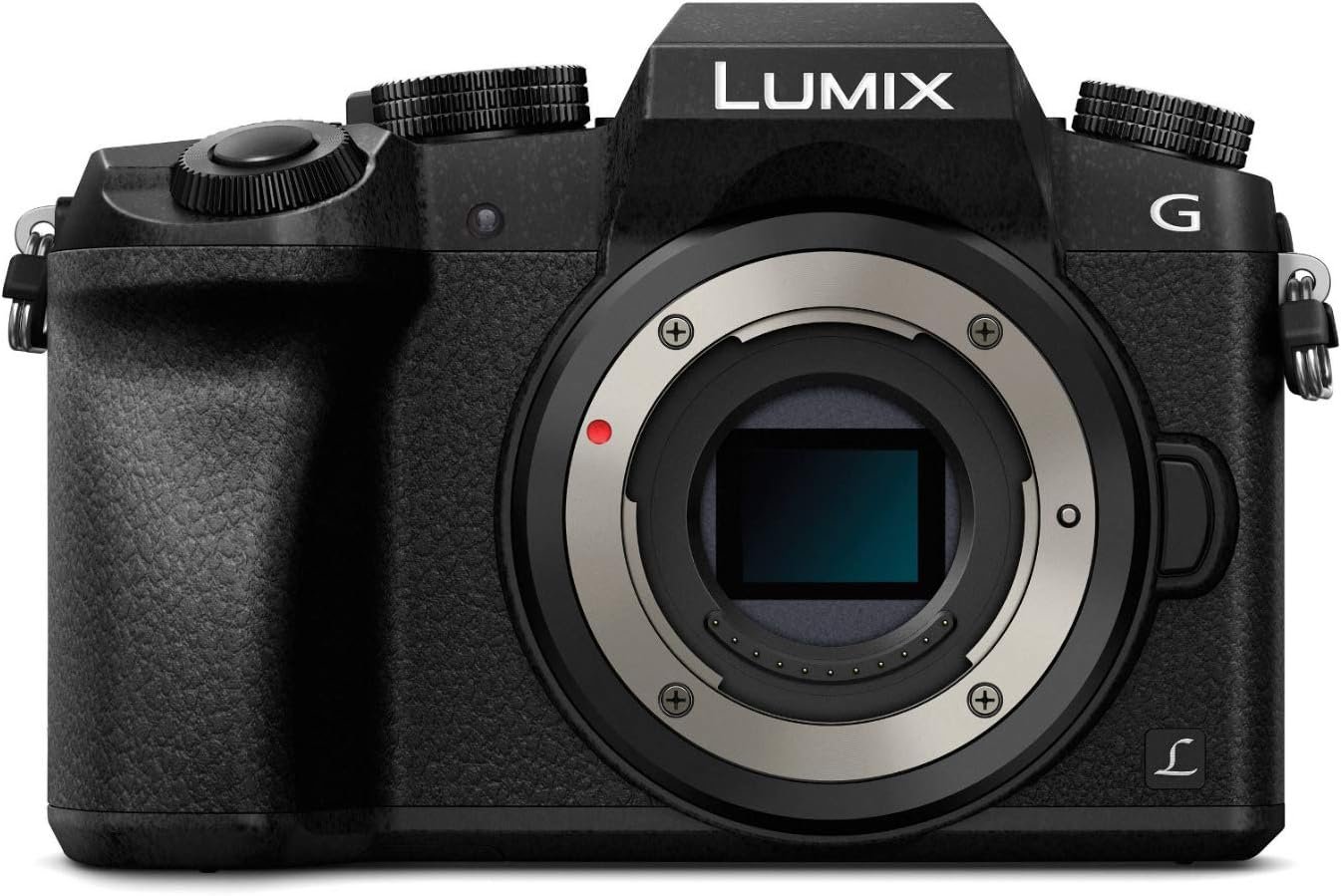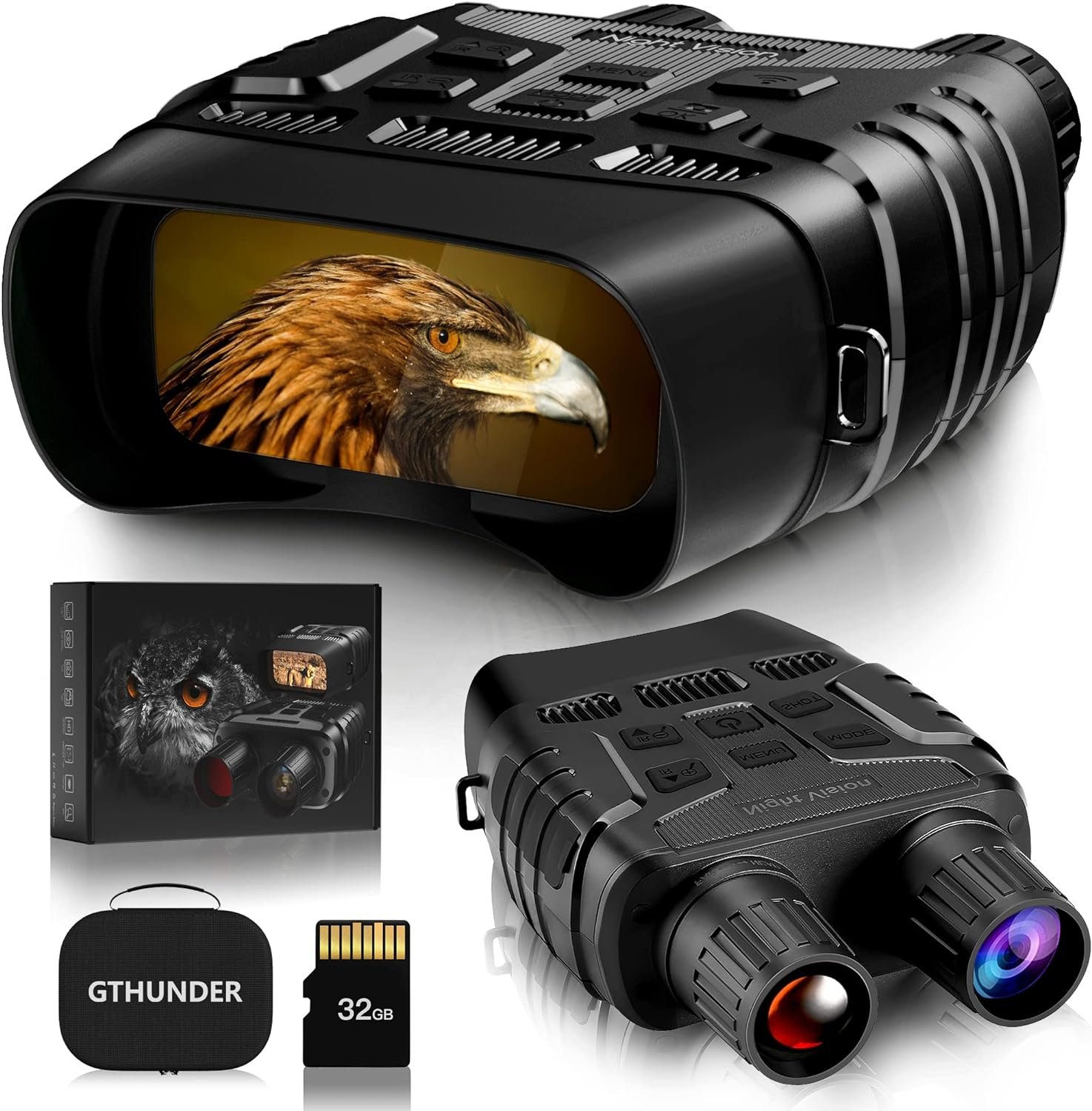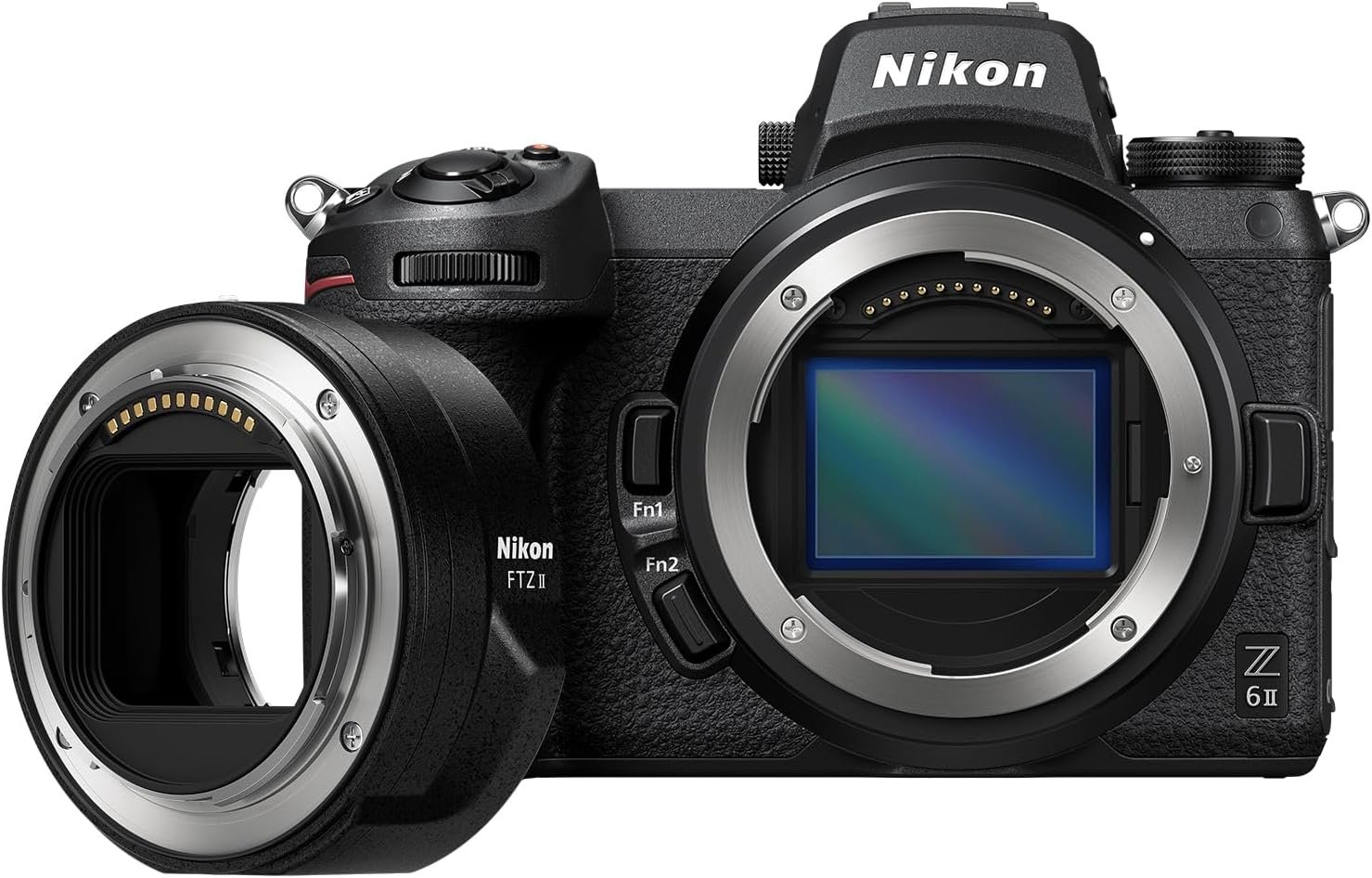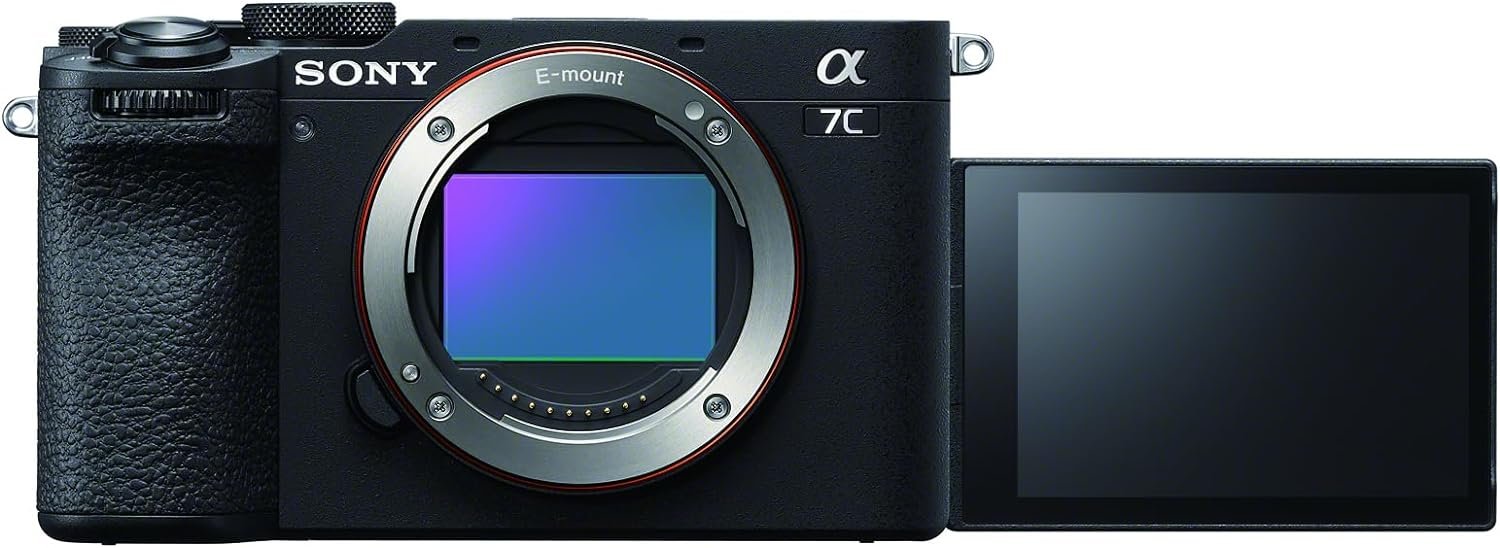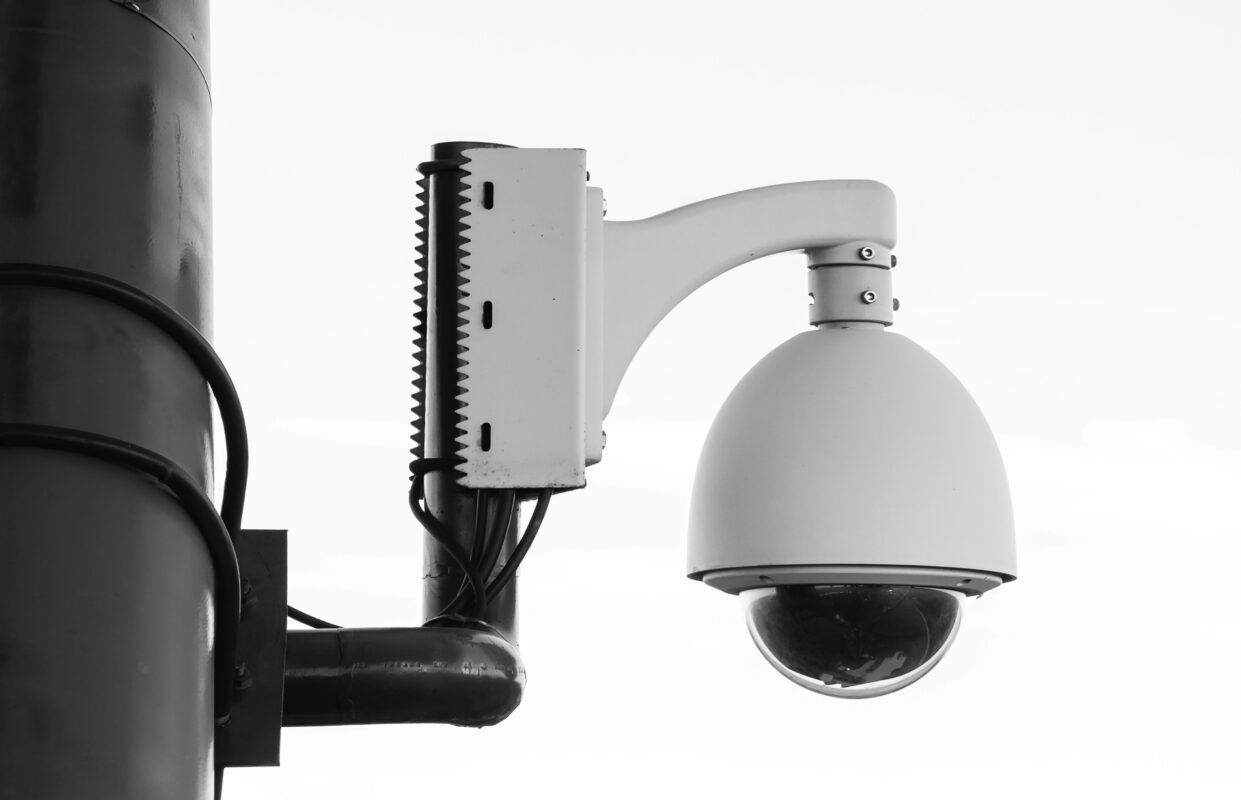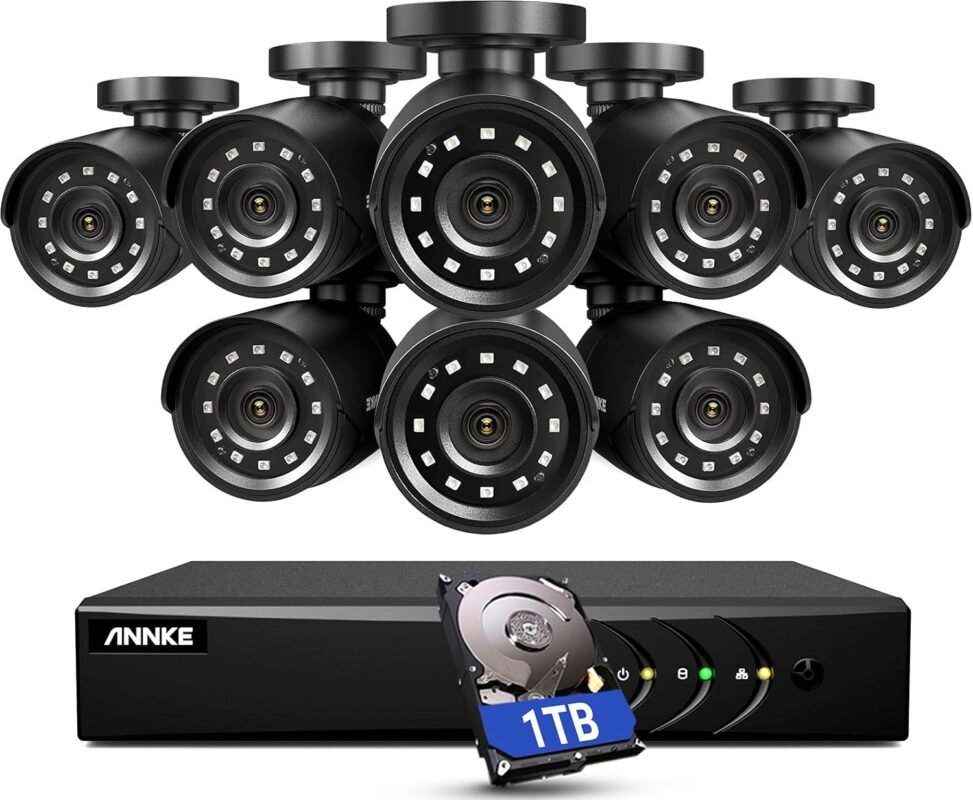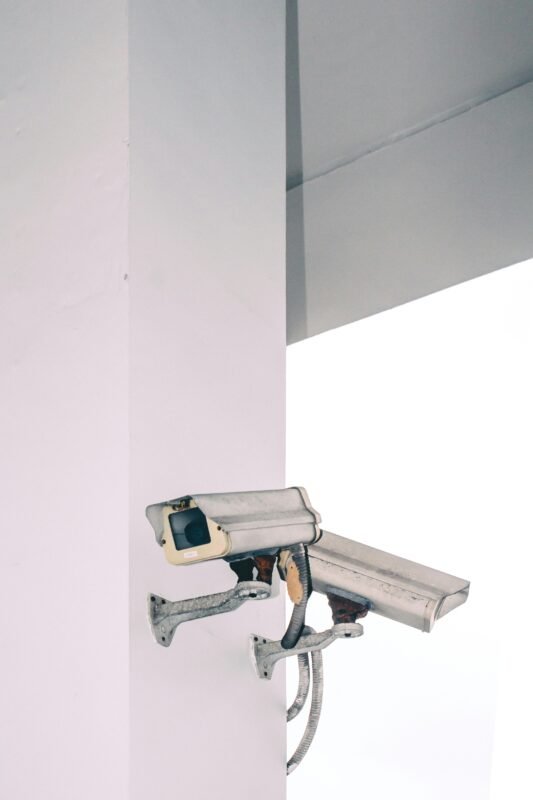If you’re experiencing trouble with the connection of your security cameras, don’t worry – it’s a common issue that can be easily resolved. By following a few simple steps, you can troubleshoot and fix connectivity issues with your cameras. Whether it’s a Wi-Fi problem, a faulty cable, or a software glitch, there are solutions to help you get your security system up and running smoothly again in no time. Let’s dive into some tips and tricks to troubleshoot connectivity issues with your security cameras. How Do I Troubleshoot Connectivity Issues With My Security Cameras?
Have you been experiencing connectivity issues with your security cameras? Don’t worry, you’re not alone. Many people face these challenges, but luckily, there are steps you can take to troubleshoot and resolve these problems. In this article, I will guide you through the process of troubleshooting connectivity issues with your security cameras. Let’s get started!
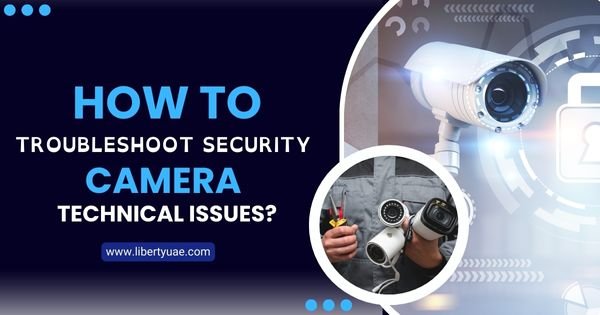
This image is property of www.libertyuae.com.
Check Power Supply
The first thing you should do when facing connectivity issues with your security cameras is to check the power supply. Ensure that the cameras are receiving power and that there are no loose connections. A power outage or a faulty power source could be the root cause of your connectivity problems.
It’s essential to check the power supply before moving on to other troubleshooting steps, as many connectivity issues stem from a lack of power. Once you’ve confirmed that the cameras are receiving power, you can move on to the next step.
Assess Network Connection
After verifying the power supply, the next step is to assess the network connection of your security cameras. Ensure that the cameras are properly connected to your Wi-Fi network and that the signal strength is sufficient for them to operate effectively.
To check the network connection, you can log into your router’s settings and look for the list of connected devices. Confirm that your security cameras are on the list and have a stable connection. If the cameras are not showing up or have a weak signal, you may need to reconfigure the network settings.
How to Reconfigure Network Settings
If you find that the network connection of your security cameras is weak or unstable, you may need to reconfigure the network settings. Here’s how you can do it:
- Access the camera’s settings through the manufacturer’s app or web interface.
- Navigate to the network settings section and select the option to reconnect to the Wi-Fi network.
- Follow the on-screen instructions to input your Wi-Fi network name and password.
- Once you’ve entered the correct network details, save the settings and wait for the cameras to reconnect to the network.
Reconfiguring the network settings can help resolve connectivity issues caused by a weak or unstable network connection. After completing this step, check if the cameras are now able to connect to the network successfully.
Update Firmware
Another common issue that can lead to connectivity problems with security cameras is outdated firmware. Manufacturers regularly release firmware updates to improve performance and address any bugs or security vulnerabilities. If your cameras are running on outdated firmware, it could be causing connectivity issues.
To update the firmware:
- Check the manufacturer’s website for the latest firmware version for your security cameras.
- Download the firmware update file to your computer.
- Access the camera’s settings and navigate to the firmware update section.
- Follow the on-screen instructions to upload the firmware update file to the camera.
- Allow the update process to complete, and restart the cameras once it’s done.
Updating the firmware of your security cameras can help resolve connectivity issues and ensure that the cameras are operating optimally. Make sure to regularly check for firmware updates to avoid future connectivity problems.
Check Port Forwarding
Port forwarding is a crucial step in ensuring that your security cameras can communicate with the internet and your mobile devices. If port forwarding is not properly configured, it can lead to connectivity issues.
To check the port forwarding settings:
- Access your router’s settings and find the port forwarding section.
- Look for the ports used by your security cameras and ensure that they are correctly forwarded to the camera’s IP address.
- If the port forwarding settings are incorrect or missing, add the necessary port numbers and protocols.
Properly configuring port forwarding is essential for establishing a secure and stable connection between your security cameras and the internet. Once you’ve checked and updated the port forwarding settings, test the connectivity of your cameras to see if the issue has been resolved.
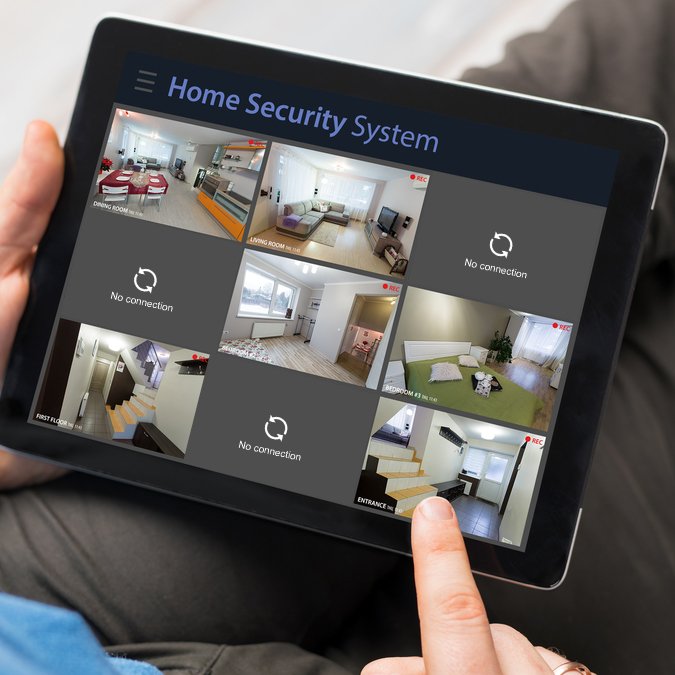
This image is property of www.hawkeye-communication.com.
Reset Camera Settings
If you’ve tried all the above steps and are still experiencing connectivity issues with your security cameras, you may need to reset the camera settings to default. Resetting the settings can help eliminate any configuration errors or software glitches that may be causing the problem.
To reset the camera settings:
- Locate the reset button on the camera (usually a small hole that requires a pin to press).
- Use a pin or paperclip to press and hold the reset button for 10-15 seconds.
- Release the button once you see the camera’s lights flashing, indicating that the reset process is complete.
After resetting the camera settings to default, you will need to reconfigure the network settings and any other preferences. This should help resolve any connectivity issues you were experiencing with your security cameras.
Contact Manufacturer Support
If you’ve followed all the troubleshooting steps outlined in this article and are still unable to resolve the connectivity issues with your security cameras, it may be time to contact the manufacturer’s support team. They have the expertise to help you troubleshoot more complex problems and provide solutions tailored to your specific camera model.
When contacting the manufacturer’s support team, make sure to provide detailed information about the issue you’re experiencing and the steps you’ve already taken to troubleshoot it. This will help them understand the problem better and offer you the most effective solutions.

This image is property of images.ctfassets.net.
Conclusion
In conclusion, troubleshooting connectivity issues with your security cameras can be a frustrating experience, but with the right steps and guidance, you can overcome these challenges. By checking the power supply, assessing network connection, updating firmware, checking port forwarding, resetting camera settings, and contacting the manufacturer’s support team, you can effectively troubleshoot and resolve connectivity problems.
Remember, patience and persistence are key when troubleshooting connectivity issues with security cameras. By following the steps outlined in this article and seeking help when needed, you’ll be able to ensure that your security cameras are functioning properly and keeping your home or business safe and secure.











